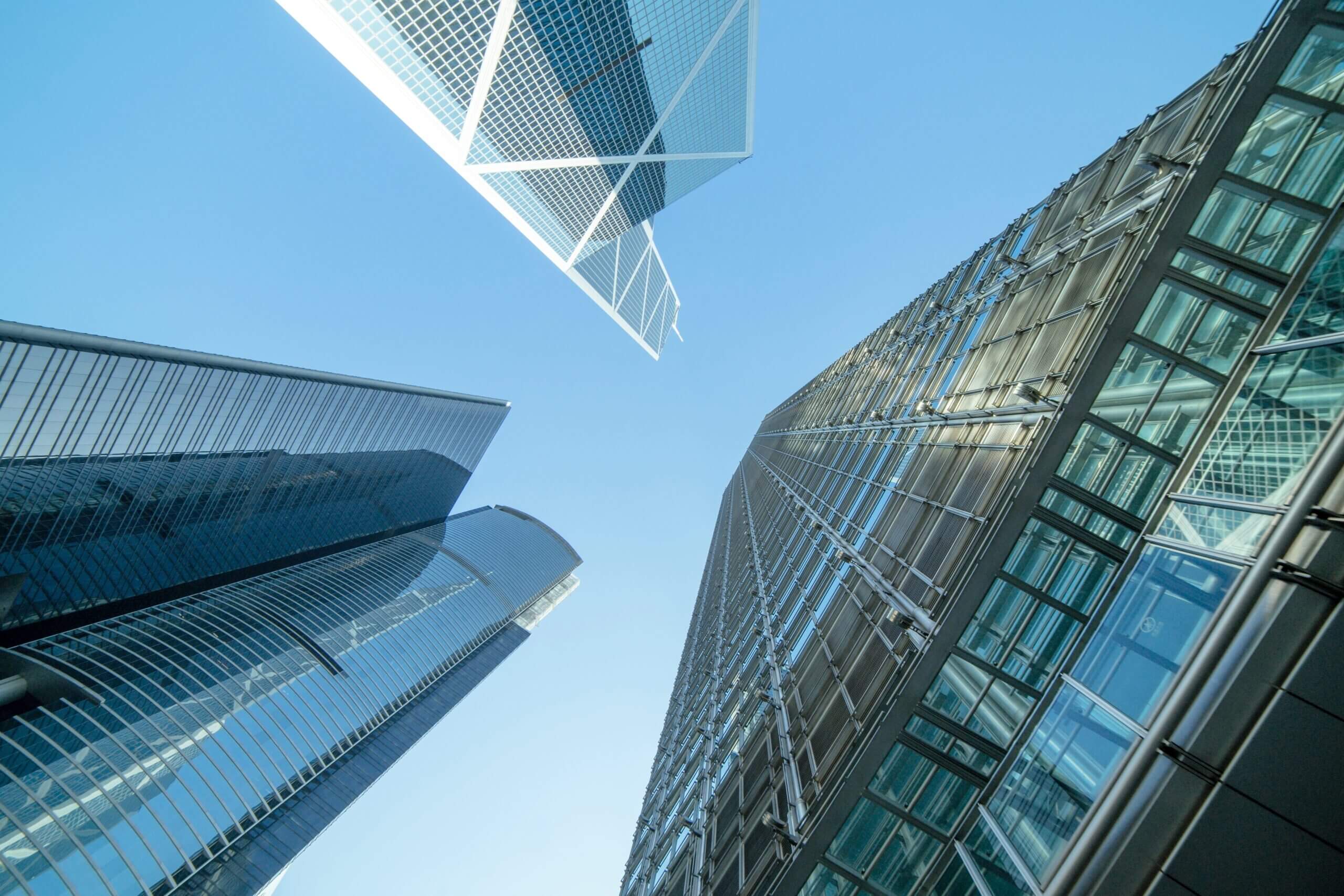
primer domain was triggered too early. This is usually an indicator for some code in the plugin or theme running too early. Translations should be loaded at the init action or later. Please see Debugging in WordPress for more information. (This message was added in version 6.7.0.) in /home/ikq167bdy5z8/public_html/propertyresourceholdingsgroup.com/wp-includes/functions.php on line 6114Prices are affected by a lot of things, but one of the most important is how the economy is doing.

After taking a hit at the start of the pandemic, the commercial real estate sector has been getting better. This includes properties that are mostly owned as investments. Since the end of 2020, prices for industrial and residential properties have gone up all over the world, while retail and office properties, which were hit the hardest, have shown signs of stabilising.
The momentum, on the other hand, seems to be losing steam because this year, global financial conditions have tightened as central banks have started to raise interest rates.
Tighter financial conditions tend to have a direct effect on commercial property prices by making it harder for investors to finance new deals or refinance existing loans, which reduces investment in the sector. They could also affect the sector indirectly by slowing down the economy and lowering demand for commercial property like shops, restaurants, and industrial buildings.
In a recent study, we found that financial conditions do have a big effect on the prices of commercial real estate. This helps explain why the sector did different things in different places during the pandemic.
In general, economies with easier financial conditions (lower real interest rates and other market conditions that make it easier to get financing) saw less of a drop in commercial property prices during the pandemic and a faster recovery. Commercial property prices have also been higher in countries that have fewer strict public containment measures in place to stop the spread of the virus, have more people vaccinated, and offer more financial support.
A sharp tightening of financial conditions could put more pressure on the commercial real estate market, especially in areas with low economic growth prospects and where strict containment measures are needed to stop new waves of infections.
Our analysis also shows that trends like working from home and e-commerce, which were sparked by the pandemic, have an effect on the prices of commercial real estate.
Increased teleworking, for example, tends to reduce the need for office space, and as more people shop online, e-commerce hurts the price of retail real estate. As there is a lot of uncertainty about how fast and how big these structural changes will be in the future, tighter financial conditions could make these effects worse and put more downward pressure on prices in the affected segments.
Because the commercial real estate market is linked to the financial system and the macroeconomy as a whole, problems in that market could affect the stability of the financial system. Financial regulators should keep an eye out for these kinds of risks and stay alert.
Stress-testing large drops in commercial real estate prices should be done to help decide if capital buffers for commercial real estate exposures are enough to keep the banking sector stable. The assumptions that banks use to value commercial real estate should also be looked at to make sure that the provisions are enough. In places where nonbank financial institutions play a big role in the commercial real estate funding market, macroprudential policy should be expanded to include these institutions to reduce systemic risks.